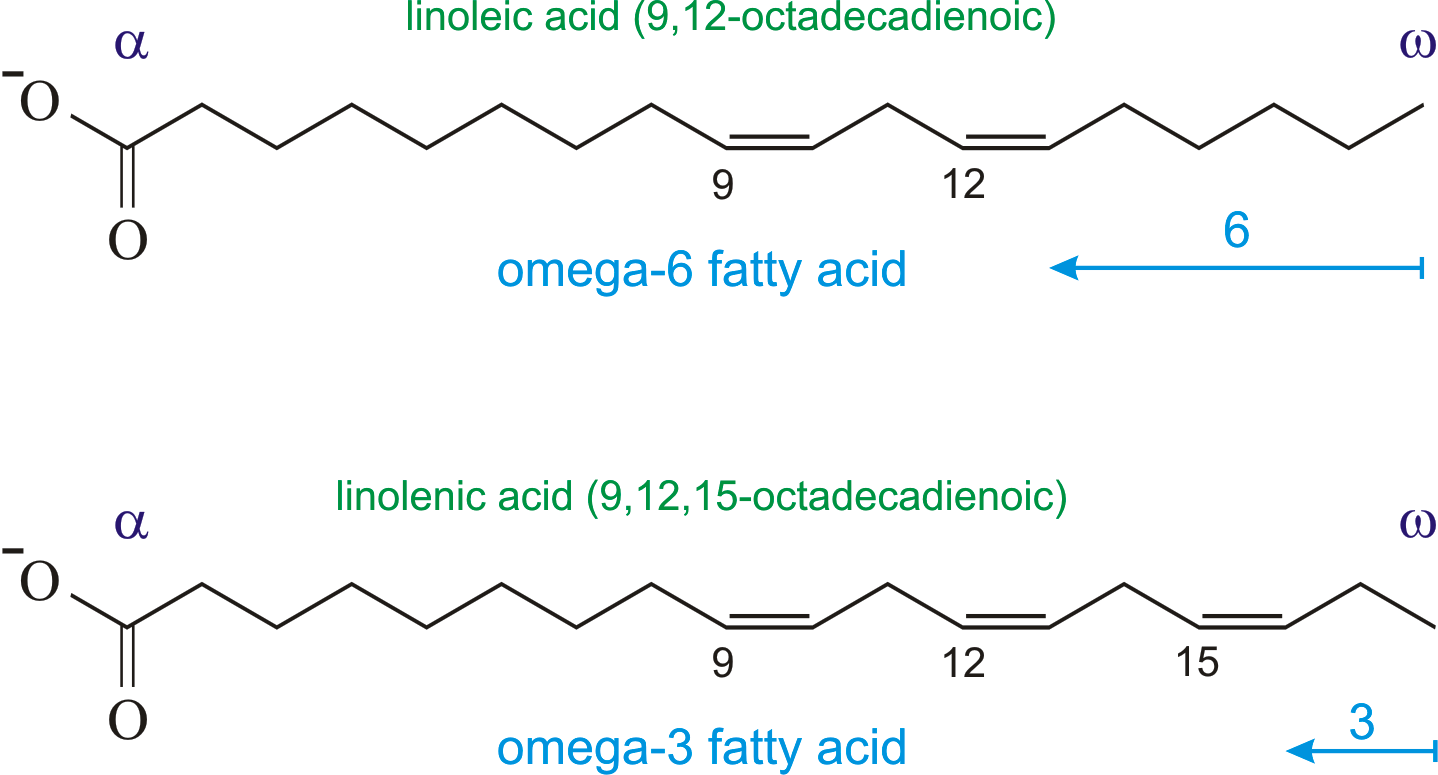
Fear Mongering Fats in Our Diet
As soon as a new dieting trend starts to emerge, the latest culprit for ruining health becomes recognized. When the public learns about what foods are bad for them, health gurus redirect them towards ones that are much better.
This trick has been done many times in the past; when saturated fats were correlated with heart disease and elevated cholesterol, low-fat products were marketed everywhere and promised guilt-free eating. Later it was found that these foods were made with toxic emulsifiers, which switched the focus to trans fats being found in processed foods.
Dietitians and nutritionists have become aware of certain foods that are high in omega-6 fatty acids that cause inflammatory symptoms, which is prevalent in many foods in the Western diet. The response has been the recommendation of numerous foods that anti-inflammatory and new dieting protocols have been made.
Omega-6s in the diet can be a problem if an individual is sensitive to inflammation in the digestive tract and the organs of the body, but can this have a major impact on the bodybuilders or trainees looking to achieve muscle hypertrophy?
When observing many bodybuilder and fitness influencers diets, there’s usually a focus on meal timing, macronutrient ratio, and calorically dense foods. Very little regard is given to the consumption of highly oxidizing, omega-6 fatty acid seed oils or conventional meats in their meal plans.
The results speak for themselves in the bodybuilding community, but is this lifestyle of dieting sustainable? How will these Western diets affect the physiques of trainees in the near future?
Can Diets Rich In Omega-6s Affect Muscle Building?
Dietary fats are a major component of the foods we consume and some fats are more vital to our health than others. These are better known as polyunsaturated fats and are found in natural foods, such as fish, nuts, seeds, and plant based oils.
The two polyunsaturated fats that are common in most foods, omega-3s and omega-6s, are considered essential fatty acids because they cannot be synthesized by the body.
Omega-3s and omega-6s classify as a polyunsaturated fat because they both have a double bond, or two electrons shared between their chain of carbon atoms. The location of these double bonds is what differentiates between the two fatty acids and determines how they’re broken down in the body.
There are three different forms of omega-3 that are found in foods: eicosapentaenoic acid (EPA), docosahexaenoic acid (DHA), and alpha-linolenic acid (ALA). EPA and DHA are both found in seafood and are bioavailable. ALA is found in plants, nuts, and seeds, but must be converted by enzymes into DHA and EPA.
To break down these fatty acids, enzymes are used in the digestive tract to be used for the appropriate tissues and cells. The enzyme known as delta-6 desaturase is limited in supply in the body and competes between ALA omega-3s and omega-6s for metabolic breakdown.
If consuming large quantities of omega-6s in the diet, this can affect the amount of omega-3s that are absorbed from plant foods. ALA’s conversion into EPA and DHA is poor, with rates of 0-8% for the total amount of ALAs.
There are several reasons why it’s important to include omega-3s in your diet. Omega-3s influence the phospholipid layer of the cell membrane
to be more fluid, which is important for communication between cells.
This enhances brain cognition, regulates lipids in the blood, clearing inflammation in soft tissues, and improves neuromuscular function. Recent data has also shown that omega-3s positively influence gains in skeletal muscle size and strength, while also preventing muscle atrophy during long periods of disuse.
One of the main fatty acids contained within omega-6s is linoleic acid, which is essential for the production of several hormones in the body. Linoleic acid is the precursor of arachidonic acid, a fatty acid that aids metabolic functions inside the cells and tissues.
Arachidonic acid has been linked to inflammatory responses by being converted into oxidized signaling molecules known as eicosanoids. The amount of arachidonic acid in the body’s tissues does not increase with increased intake of omega-6 linoleic acid.
In fact, eicosanoids converted from arachidonic acid also have anti-inflammatory properties similar to that of omega-3 fatty acids. Assumptions that these linoleic acids will affect the uptake of healthy EPA and DHA from omega-3s have been debunked as well. This suggests that consumption of excessive omega-6s in the diet is not really correlated with inflammation.
If omega-6s aren’t the culprit, what are the main causes of chronic inflammation that originate in the body? To answer this, you have to get a better understanding of the real purpose of inflammation.
Inflammation is the body’s immune response to trauma or injury that further assists in recovery or healing. Without this response healing is delayed and can even become pathologic.
When the body becomes inflamed at the cellular level, the immune system expends energy to remove waste and repair damage that has occurred. These type of micro traumas are what happens during exercise, which is why you feel tired and sore after training your muscles.
When you lift weights, the tissue cells are stretched and shortened with each repetition, which results in micro tearing of the fibers. An immune response is signaled and damaged cells are cleared out from the area. Growth factors IGF-1 and growth hormone are then secreted, which stimulate protein synthesis and healing.
This repair phase affects muscle recovery, fat loss, and motivation to workout because of an overtaxed immune system dealing with chronic inflammation.
Micro trauma from exercise is a normal process and certain types of inflammation is not necessarily bad.
To alleviate or avoid pain and discomfort from training, there are omega-3 sources you can supplement to your diet.
Sources of Omega-3s
Within the Western diet, there is an imbalance of omega-6 fatty acid to omega-3 fatty acid food sources. For the most part, many people get their meat supplies from feed-lot cattle that have a high consumption of grain and food byproducts.
The imbalance of fatty acids is not necessarily from the abundant quantity of these foods, but from the lack of seafood in the Western diet. Quality seafood has to be wild-caught and locally farmed for healthy omega-3 fats to be present. Many seafood operations are often large farm operations that are fed grain products similar to ruminant cattle.
Without a healthy source for seafood or if seafood is restricted from your diet, there are limited sources to supplement omega-3s. However there’s one option if quality seafood is not available to you.
Cod liver oil is one of the best sources for omega-3s, especially if it’s high quality. The cod is a smaller fish that has less exposure to mercury and is rich in other vitamins that can benefit your health. Other fish oils are generally low in quality and don’t have any of the omega-3s that’s proclaimed on the label.
The Wrap Up
Omega-6s don’t have the disastrous effects on your body that’s claimed by dietitians and nutritionists everywhere. The ratio of polyunsaturated fats in the diet isn’t as relevant as the lack of ingested omega-3s to lower inflammation, improve neuromotor function, and preserve lean muscle mass. Bodybuilders looking for omega-3 supplementation to improve recovery from training should add a quality cod liver oil if consumption of fatty fish is not an available option.



Leave a Reply
You must be logged in to post a comment.